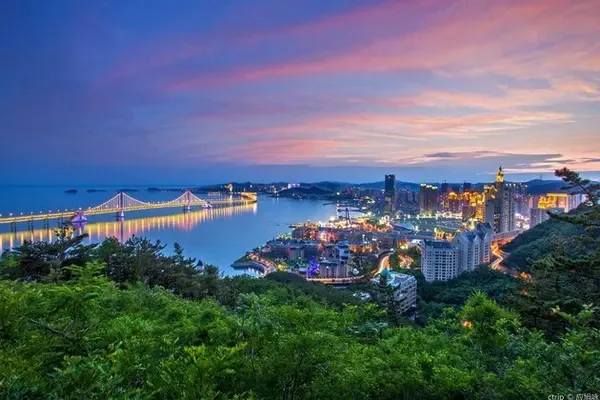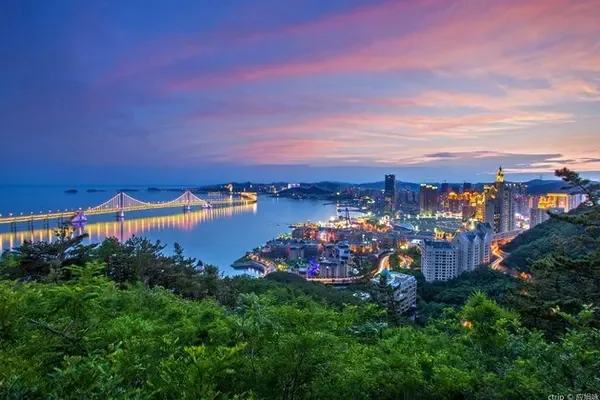introduce
Famen Temple, located in Famen Town, about 10 kilometers north of Fufeng County, Baoji City, was built in the late Eastern Han Dynasty. This "royal temple" in the Tang Dynasty became a Buddhist holy place that the whole country looks up to because it housed the most sacred relic in the Buddhist world - the "finger bone relic" of Buddha Sakyamuni. Today's Famen Temple is divided into two parts: the Tang Dynasty-style old building complex (Famen Temple and Treasure Hall) and the controversial new cultural scenic spot.
See all the treasures of Famen Temple
As a tourist, if you want to see all the treasures of Famen Temple, then you have to go to the three places of the underground palace in the former Famen Temple, the Treasure Hall, and the Heshi Stupa in the cultural scenic spot, because the three "shadow bones" ( Jade is specially made according to the shape and size of the real bone to protect the real bone) and stored in the underground palace; the unearthed treasures of the Tang Dynasty royal family for Buddha are exhibited in the Treasure Hall; the precious "Buddha finger (real bone) "body) relic" is placed in the Heshi relic tower on the east side of the cultural scenic spot.
If you enter the scenic spot from the Shanmen Square on the west side of the cultural scenic spot, you will see the Foguang Avenue about 1 km long in front of your eyes. There are ten huge statues of Bodhisattvas shining with golden light on both sides of the avenue. At the end of the east side of the avenue is Heshi relic Tower, there are sightseeing cars on the avenue that you can take. The Buddha's finger bone relics are only open to the public on the first and fifteenth day of each lunar month, weekends and major holidays.
To the southwest of the cultural scenic spot is the Famen Temple and the Treasure Hall. Under the pagoda of the real body in the temple is the underground palace where the "Buddha finger relics" were found. Now in the underground palace, you can watch three "shadow bones" up close. From the underground palace, you can also wander around in the clean temple. There are bell and drum towers, Daxiong hall and release pool in the temple, all of which are typical Tang Dynasty style buildings.
Hundreds of treasures are placed in the Treasure Hall
In the nearby Treasure Hall (also known as the Museum), there are fine cultural relics unearthed from the underground palace. You can see hundreds of treasures made by the Tang imperial family for Buddha, all of which are amazing. Among them are: the eight-fold treasure letter for the relics, the twelve-ring tin rod, the pure gold pagoda, the white marble tent, the secret color porcelain, the tea set used by the emperor, and so on. Some of these treasures are made of pure gold, some of which have been lost in craftsmanship, reflecting the extreme wealth of the Tang Empire at that time and the sincerity of the royal family to worship Buddha.
opening hours
March 1st-November 30th 08:30-17:30; December 1st-February 28th 09:00-17:00 (last admission 16:30)
Preferential treatment policy
Service Facilities
must see tips
1. In scenic spots, especially newly-built cultural scenic spots, there are many people who "persuade donations". The identity of these people as "monks" is worth "discussing". Whether to donate or not is up to you.
2. There is a merit box in front of every Bodhisattva on the Foguang Avenue. Various Buddha statues, lanterns, etc. can be enshrined.
3. Some areas in the scenic area cannot take pictures or use flashlights. Please pay attention to the announcements and signs everywhere.


